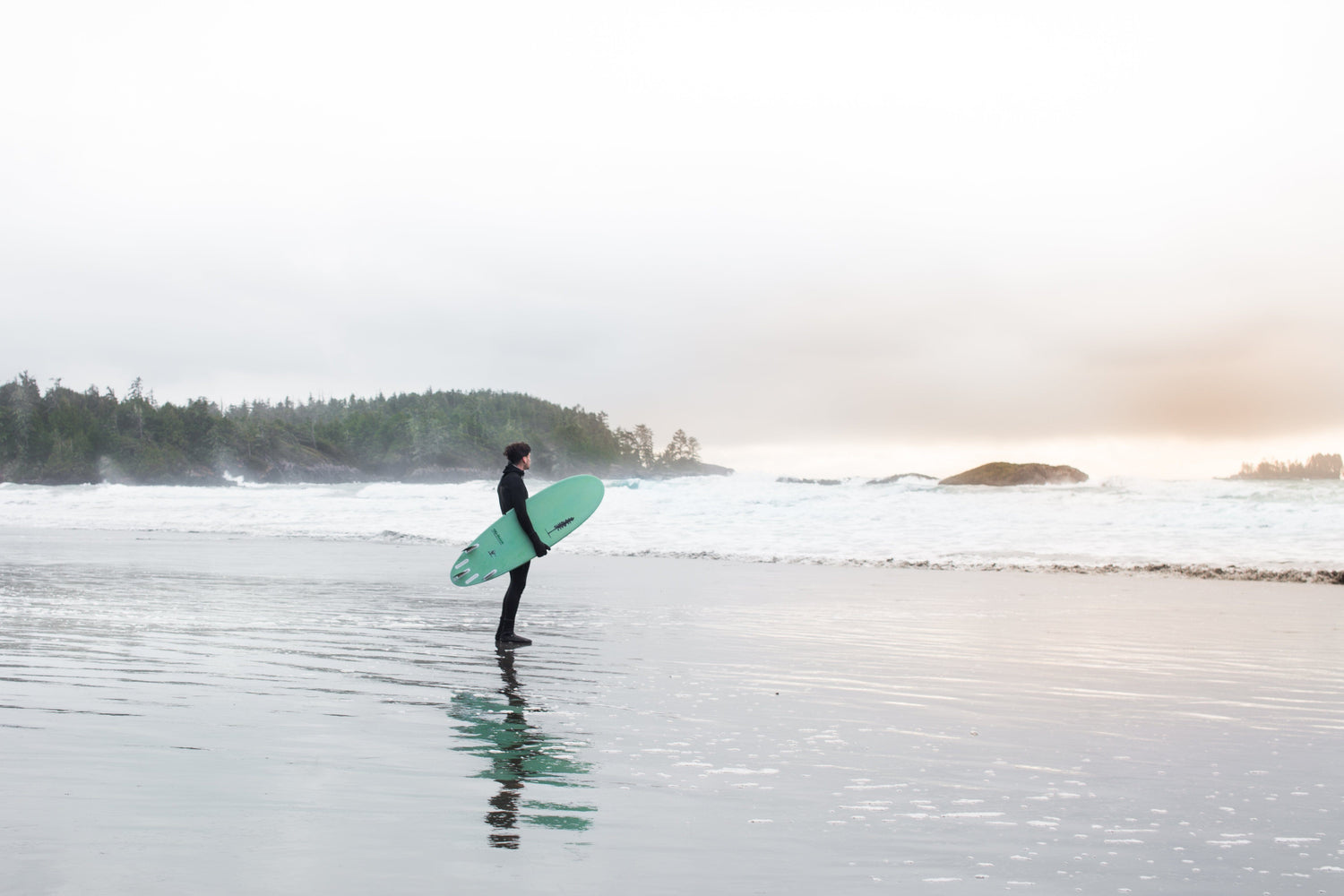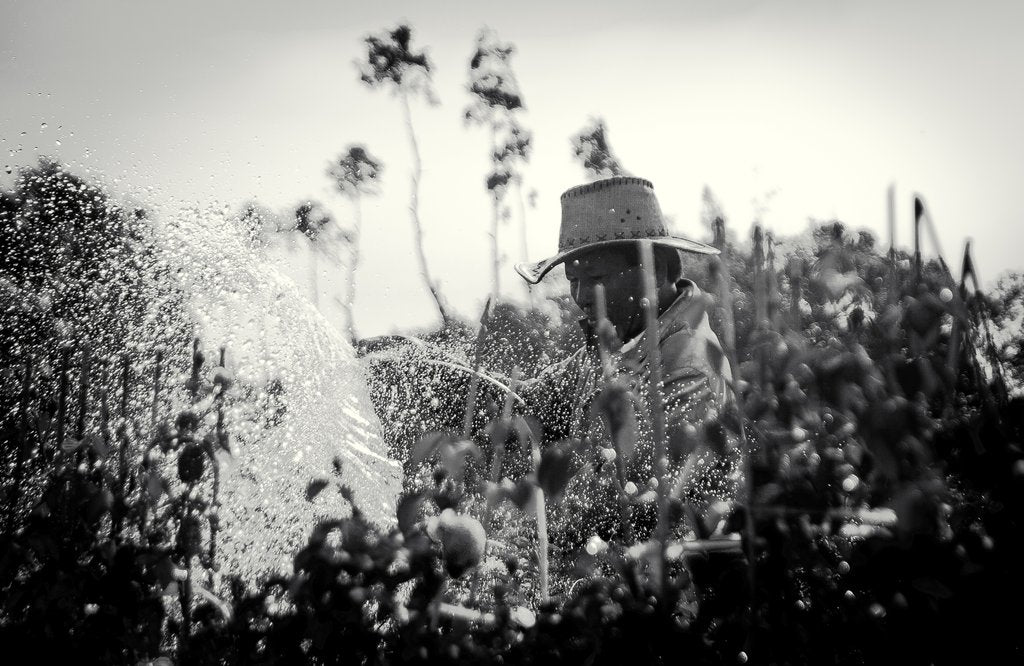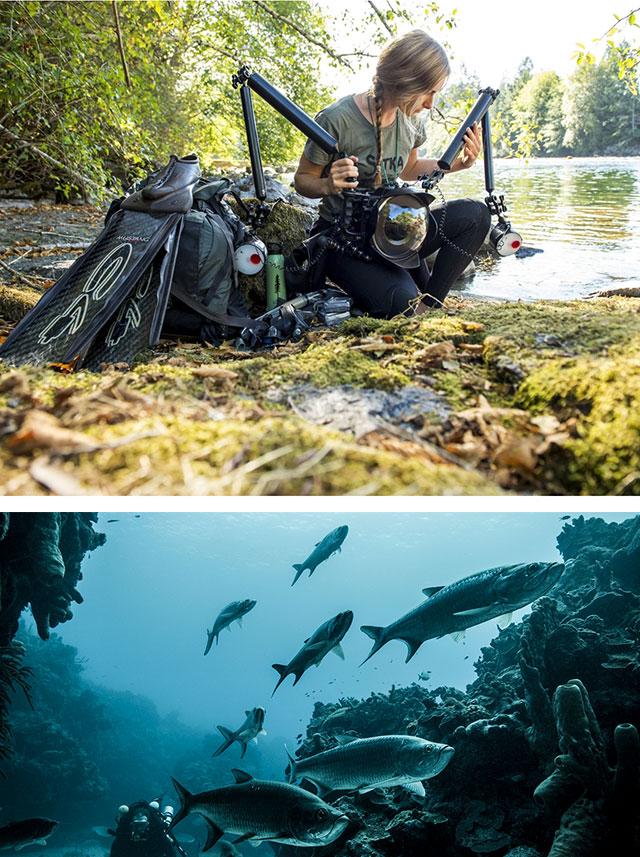
Photo by Kat Craats
In 1958 Hobie Alter and Gordon Clarke were the first to successfully produce foam core surfboards. They had no way of knowing then that their great advancement in technology would come at such a huge cost to the environment.
Part of being a surfer is doing your part to protect our oceans. But as a community, we’ve ignored the impacts of the boards we ride for too long.
In the past few years, a movement to produce more sustainable boards has taken off, largely driven by the ECOBOARD Project. Today we’re happy to share that ecologyst’s new line of surfboards are verified for environmental responsibility by Sustainable Surf's ECOBOARD Level One certification.
We sat down with our resident surf guru Kiyo Oye to get the low down on ecologyst’s new ECOBOARDS.
First off, what’s the ECOBOARD Project and why did ecologyst get “on board”?
As a company we’ve done the work to make sure our clothing line is made intentionally, with organic materials, as ethically and sustainably as possible. For a number of reasons it took us longer to get our boards up to snuff but now we’re finally be able to say that our boards are aligned with our values as a company.
And just like with our clothing line we did it because the quality is amazing. Some of the best surfers in the world have gotten behind it because, as it turns out, you can actually make a better, longer-lasting board using lower-impact processes.
The ECOBOARD Project promotes the use of renewable, recycled and upcycled materials, minimizing toxicity in manufacturing, and reducing the carbon footprint of the board-riding community.
It’s the first ever independent, third party “eco-label” for boards, meaning it’s kind of like our certifications for clothing — it takes into account environmental, social and performance standards to verify the most sustainable products.
SHOP
Click the image to browse the ecologyst ECOBOARD Collection:
What does it take to qualify as an ECOBOARD?
There’s a list of qualified materials that are approved by Sustainable Surf. You have to be an approved ECOBOARD manufacturer, and you have to use recycled or plant-based materials for your core and the least toxic resins when glassing. That’s really important for the health of the shaper, as well as the health of the planet.

Image: sustainablesurf.org
There are two levels you can qualify for. Level One is the entry point and the Gold Level, which was introduced more recently is for the most sustainable boards on the market.

Who else is doing this?
There are a bunch of brands around the world that are doing this, from small-scale craftsmen to big brands with pros on their rosters. Kelly Slater’s company, Firewire brought a lot of light to the movement.
ecologyst is actually the first and only Canadian surf company making ECOBOARDS right now, and we’re one of only a few companies in the world that has our entire line of boards certified. Hopefully that won’t be the case for long.

Image: sustainablesurf.org
Performance-wise, what’s the difference between ECOBOARDS and regular boards?
Anything you can do with a regular board you can do with an ECOBOARD. That’s been proven with wins on the pro circuit.
ECOBOARDS tend to be more rigid than your typical polyurathane board, which means you can feel more chatter under your feet. It’s not better or worse, just different.
Our shaper, Jay Novak did an amazing job of sourcing materials that balance sustainability with performance.
The bio-based resin is naturally lightweight and you need less of it, which allows the shaper to put double the fibreglass into the board. The result is lightweight board that’s stronger and more durable.
We use closed-cell foam so you don’t have to worry as much about board damage. With open-cell foam a ding could mean your entire board could become waterlogged.
All around we feel that there’s higher potential to make better quality boards this way.
Looking into the future, any predictions for where ECOBOARDS is going?
There’s no doubt that this movement will get bigger and bigger and the technology will only get better. There’s still a lot of room for improvement to make the most environmentally-friendly boards.
Some companies are experimenting with making boards out of mushrooms, some are using wood like the original Polynesian surfboards.
The more companies get behind it, the more surfers start demanding it, the stronger the movement will grow. And in turn people can expect better performance from these boards.

Photo by Kat Craats
SHOP ECOBOARDS
Click the image below to shop:




